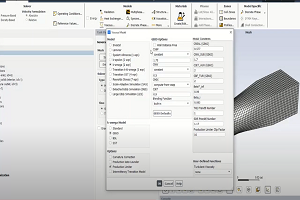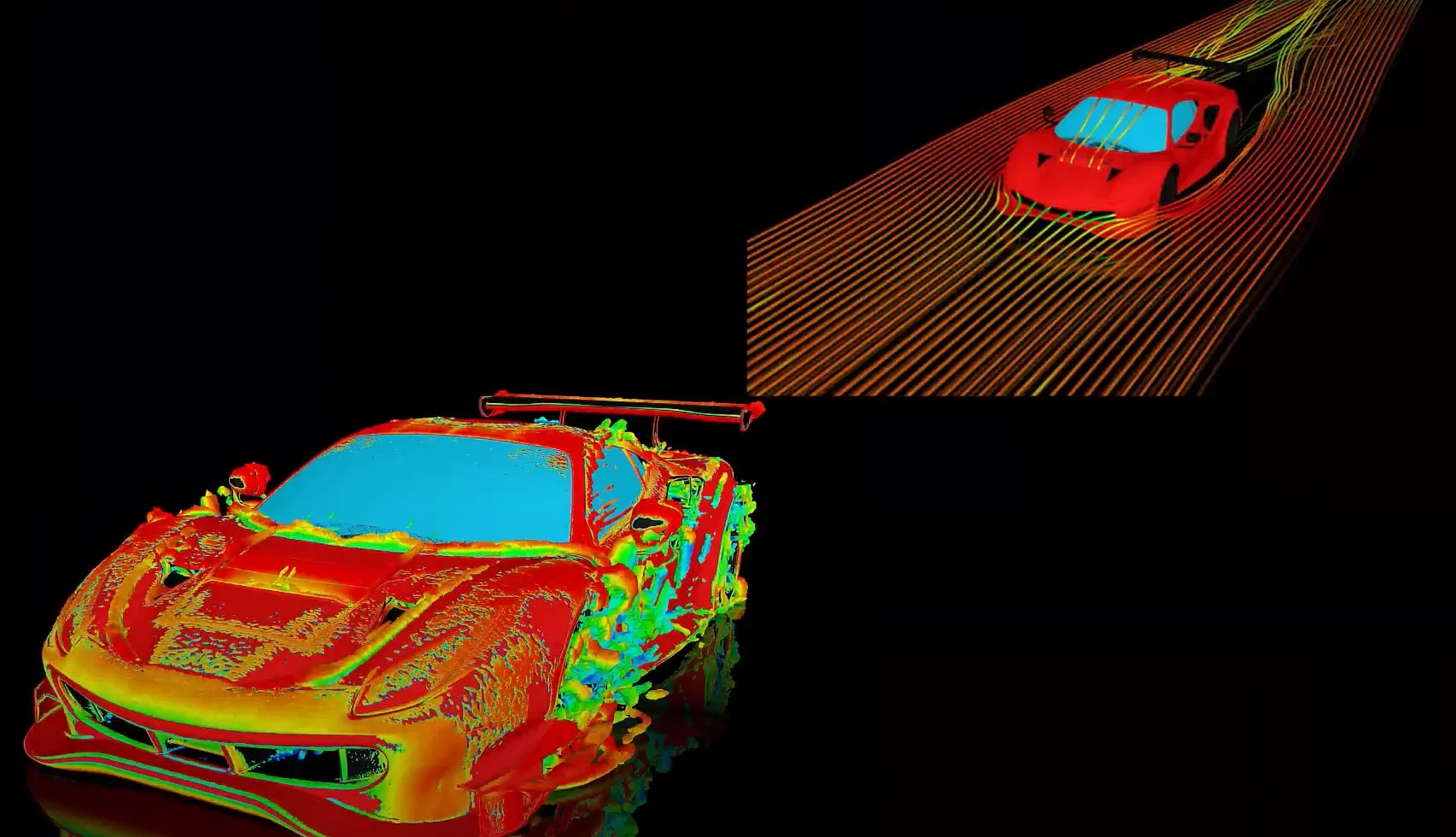What is the difference between the SGS mixing length and the filter width for the LES standard Smagorinsky model, and how can I access them via UDF?
Tagged: 2019 R1, fluent, fluid-dynamics, LES/DES/SAS, turbulence
-
-
January 25, 2023 at 7:16 am
 FAQParticipant
FAQParticipantBoth length scales are useful for a LES calculation with the standard Smagorinsky model: 1. The SGS mixing length is the length scale noted L_s that is directly used in the definition of the eddy viscosity as described in Eq. 4-278 (see section 4.15.2.1. Smagorinsky-Lilly Model in Fluent Theory guide). 2. The “filter width” is the quantity delta in Eq. 4-278 and corresponds to a local sizing of the cell, that is the cube root of cell volume for the LES standard Smagorinsky model. The SGS mixing length relies on delta but also introduces a dependency on near-wall eddy sizing to take into account the decrease of eddy sizing near the wall. Both quantities can be accessed through: – 1. SGS length scale : use the UDF macro: Compute_L_sgs(cell_t c, Thread *t, C_VOLUME(c,t), C_WALL_DIST(c,t), C_SMAGO) where C_SMAGO is the Smagorinsky constant (0.1 by default), C_VOLUME(c,t) is the cell volume and C_WALL_DIST(c,t) the nearest wall distance to the cell center. – 2. “Filter width” : select “subgrid filter length” in the GUI or use the UDF macro: Compute_Filter_L_sgs(cell_t c,Thread *t,C_VOLUME(c,t)) Keywords: SRS, LES, SGS, Smagorinsky, filter width, UDF
-


Introducing Ansys Electronics Desktop on Ansys Cloud
The Watch & Learn video article provides an overview of cloud computing from Electronics Desktop and details the product licenses and subscriptions to ANSYS Cloud Service that are...

How to Create a Reflector for a Center High-Mounted Stop Lamp (CHMSL)
This video article demonstrates how to create a reflector for a center high-mounted stop lamp. Optical Part design in Ansys SPEOS enables the design and validation of multiple...

Introducing the GEKO Turbulence Model in Ansys Fluent
The GEKO (GEneralized K-Omega) turbulence model offers a flexible, robust, general-purpose approach to RANS turbulence modeling. Introducing 2 videos: Part 1 provides background information on the model and a...

Postprocessing on Ansys EnSight
This video demonstrates exporting data from Fluent in EnSight Case Gold format, and it reviews the basic postprocessing capabilities of EnSight.

- How to overcome the model information incompatible with incoming mesh error?
- What are the requirements for an axisymmetric analysis?
- Skewness in ANSYS Meshing
- How to create and execute a FLUENT journal file?
- What is a .wbpz file and how can I use it?
- How can I Export and import boxes / Systems from one Workbench Project to another?
- What are pressure-based solver vs. density-based solver in FLUENT?
- Is there a way to get the volume of a register using expression ?
- How can I select interior faces and other entities that are inside the model?
- How to get information about mesh cell count and cell types in Fluent?

© 2025 Copyright ANSYS, Inc. All rights reserved.

